July 1, 2025 - a quiet moment on the calendar, but a moment of great change for the national administrative apparatus. The whole country simultaneously implemented a two-level local government model - provincial and communal levels, replacing the three-level model that had existed for decades. Along with that was the arrangement and consolidation of provincial and district-level administrative units, streamlining from 63 provinces and cities to 34, and abolishing the district level, reorganizing the commune level according to the new administrative unit.
Vietnam People's Army in the mission of protecting the Fatherland and accompanying institutional reform in the new era
This is an unprecedented reform in the history of modern administration in Vietnam – a drastic step to streamline the apparatus, effectively decentralize power, improve governance capacity and better serve the people. It is not only an organizational reform, but also a restructuring of the way the entire political system operates, a preparation for a new stage of development in a global context of many fluctuations and intertwined challenges.
At that historic moment, when the country reshaped its organizational structure and opened up new development space, the Vietnam People's Army - the revolutionary armed force, absolutely loyal to the Party, State and people - continued to affirm its core role in the cause of defending the Fatherland, maintaining the national defense posture, and closely attached to the government and people at all levels.
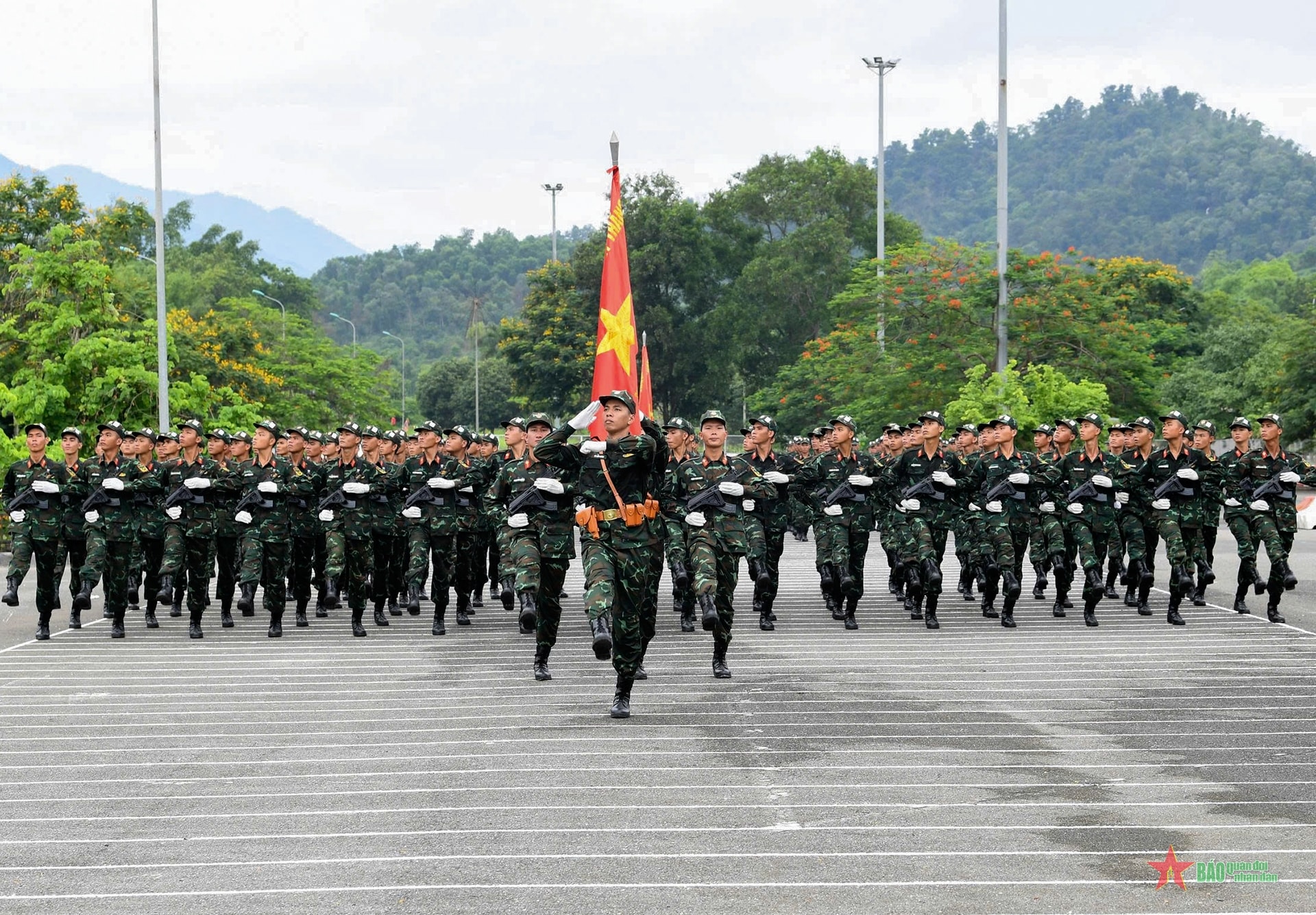 |
| Illustration photo: qdnd.vn |
Administrative reform and national defense consolidation, at first glance, appear to be two different areas, but in reality, they are two wings of the same development boat. A streamlined administrative apparatus is a condition for the government to operate effectively, be responsive in handling situations, reduce intermediate levels, and be closer to the people - which is also the basis for building a more solid, flexible, and modern national defense posture.
In the two-tier government model, the responsibility for state management is concentrated on the provincial level (with the capacity to plan strategies and invest in development) and the communal level (with the role of directly managing residential areas). The communal level - the place closest to the people, the "fence" of the Fatherland - becomes the most important link in building the people's hearts, national defense and people's security.
This is the time when the role of local armed forces, especially the militia, local army, military command boards of communes, wards, and towns, etc., is increasingly put at the forefront. In a two-level government, the commune government must cover more tasks, while the staff and resources do not increase. That raises the requirement: The army is not only a combat-ready force, but also a support, a companion, a reliable support for the grassroots government and local people in protecting security and order, preventing natural disasters, search and rescue, and building new rural areas.
During the years of resistance and national construction, history has recorded many touching images of Uncle Ho's soldiers : Soldiers not only fought bravely, but also held hoes, harvested rice, fought floods, built houses, and cared for heroic Vietnamese mothers. Now in the digital age, those soldiers still maintain their qualities but take on new responsibilities: participating in building a government close to the people, accompanying the new regime to maintain a steady position of people's hearts in a time of change.
In particular, with the merger of many provinces into larger administrative units with large areas, large populations, cultural diversity and development conditions - the reorganization of local armed forces, adjustment of defense zones, and arrangement of military and defense positions according to new boundaries are urgent requirements. Military regions and provincial Military Commands need to simultaneously adjust defense planning in conjunction with the socio-economic development planning of the new units; reorganize the system of warehouses, barracks, and training areas in accordance with the administrative space after the merger.
But it does not stop there, the more important thing is to maintain the trust and solidarity between the Army and the Party Committee, the government and the people in the newly formed administrative units. Each area after the merger will have a leadership transition, possibly changing the administrative center, changing the organizational model, causing people to sometimes be worried and officials to be confused. During that period, the army is the force that maintains stability, conveys solidity, and at the same time directly contributes to mass mobilization, ideology and coordination work to help the new localities quickly stabilize.
It is also important to emphasize that: Institutional reform is the foundation for building a modern national defense, and conversely, a strong and professional national defense is the surest guarantee for any successful institutional reform. Reforming the apparatus without a national defense as a pillar will not be able to ensure safety and stability in the transition period. Therefore, in the process of moving from 63 provinces to 34 provinces, from three levels of government to two levels, the Army does not stand aside - but is right at the center, with an extremely great political - organizational - social - humanistic responsibility.
In particular, in response to the requirement of building an all-people national defense associated with a people's security posture, closely combining the economy and national defense, between protecting independence and sovereignty and protecting institutions and protecting the people, the two-level government model offers an opportunity to reshape regional military strategy in a more flexible, closer-to-the-people, and more effective direction.
In border areas, islands, and mountainous areas - where the commune level is the front line of the government - the border guards, militia, stations, and working teams will continue to be the key points to protect sovereignty. In the newly merged urban and industrial areas - the local military forces, in coordination with the police, civil defense, and youth volunteers, will play a key role in maintaining social stability, preventing sudden changes and instability, and contributing to maintaining "order from the root".
July 1, 2025 is a historic moment for the country, but it is also a moment that requires the courage, intelligence and dedication of each officer and soldier of the Army. Not only protecting sovereignty and territorial integrity, the Army today also accompanies local authorities in each specific task: Supporting medical logistics, reorganizing regional defense forces, training for combat readiness, carrying out mass mobilization work in merged areas, helping localities rebuild schools and medical stations, supporting people to adapt to the new administrative unit...
From this day on, people in every commune and ward - no matter if the name or province has changed - will still see familiar images: soldiers returning to the village, going to the hamlet, going to the island, going to the construction site. Those images, simple yet proud, are the most vivid proof that: Although the regime has changed, the government has been streamlined, the Vietnam People's Army is always there - close to the people, for the people and ready to fight, sacrifice for national independence, territorial sovereignty and the peace of the people.
Administrative reform is not only the task of the civil government, but also the political mission of the entire political system, in which the Army is the pillar. On that foundation, Vietnam will enter a new era - a country with a streamlined government, a confident people, and a modern Army, steadfast at all times.
BUI HOAI SON, National Assembly Delegate of Hanoi City
*Please visit the Politics section to see related news and articles.
Source: https://baolamdong.vn/thoi-khac-lich-su-cua-dat-nuoc-khi-chinh-quyen-tinh-gon-quoc-phong-vung-manh-nhan-dan-vung-niem-tin-273511.html


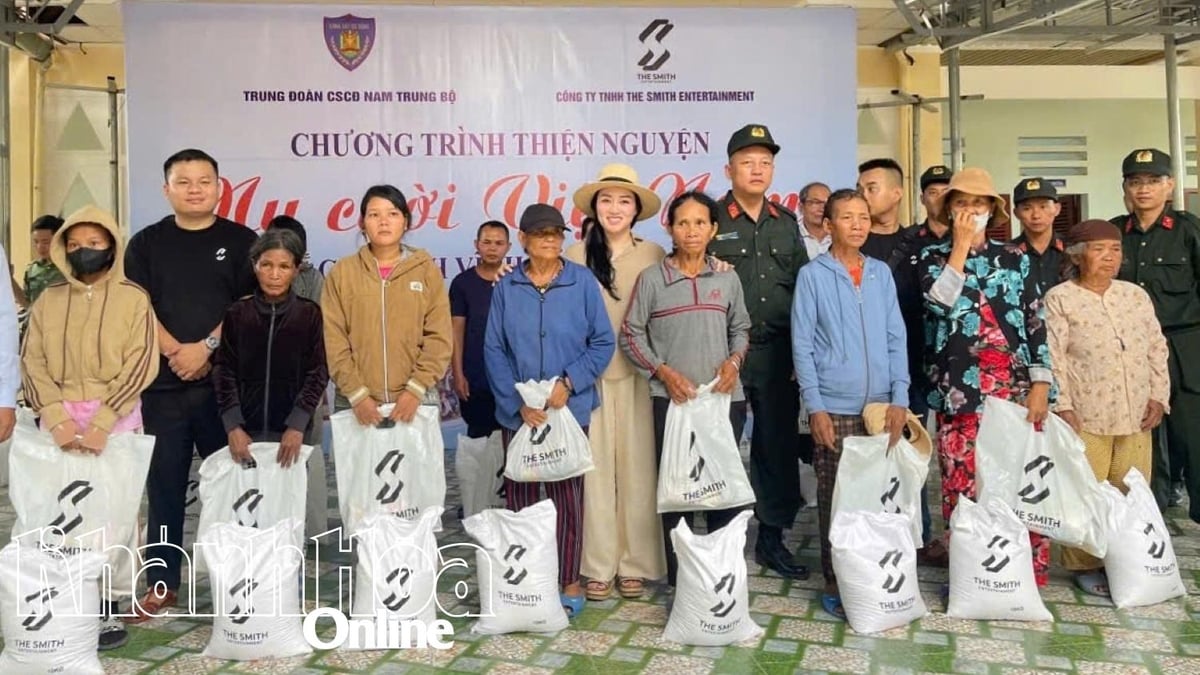

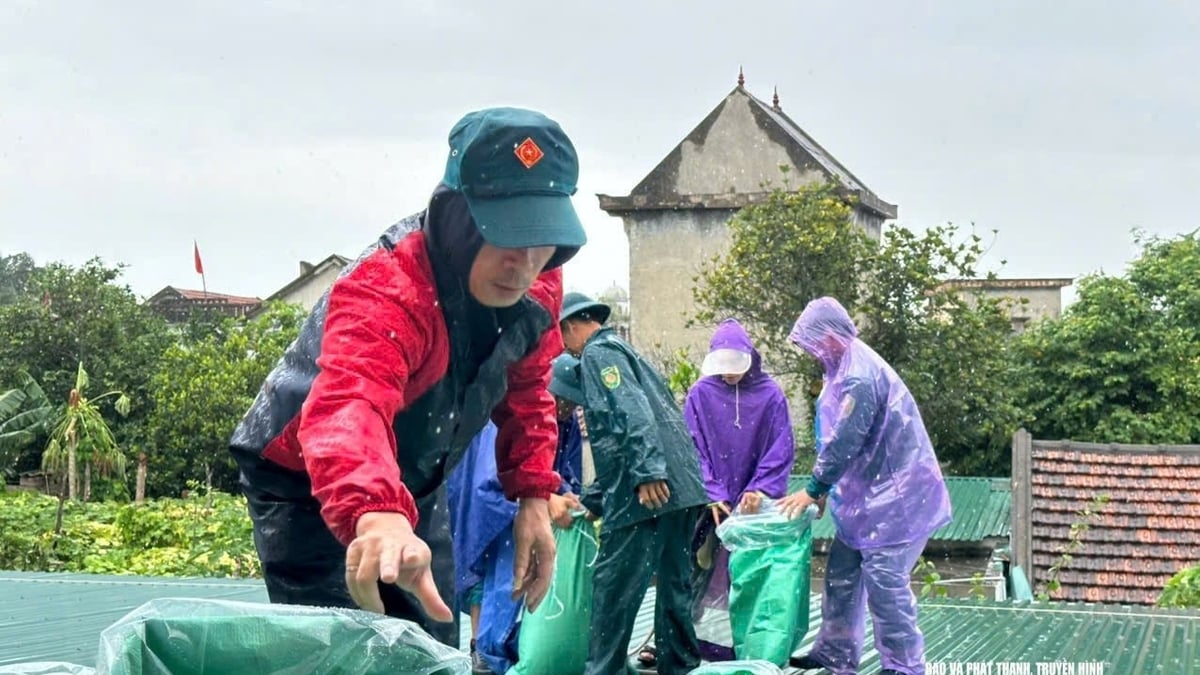
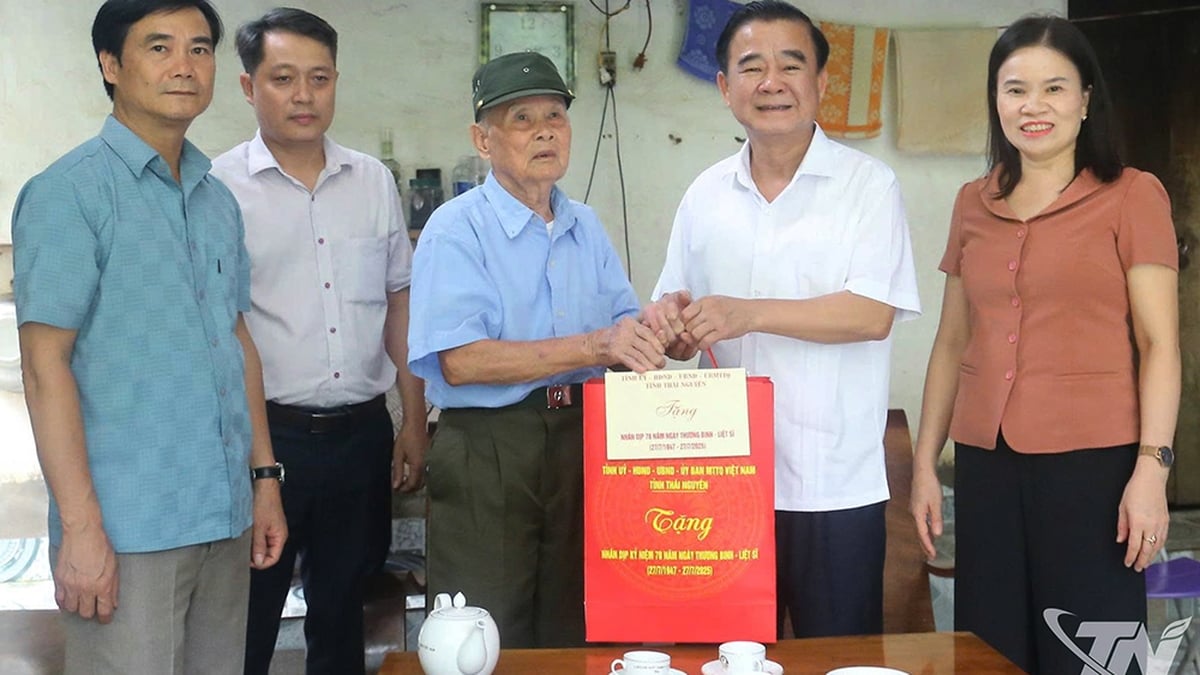

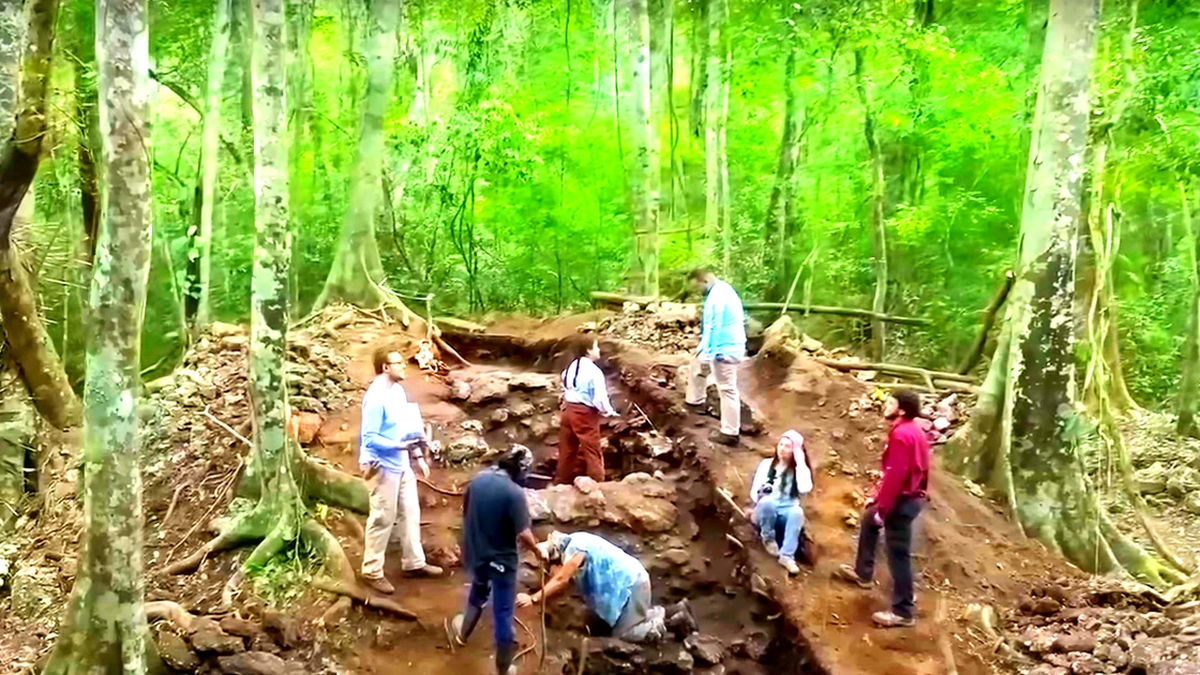
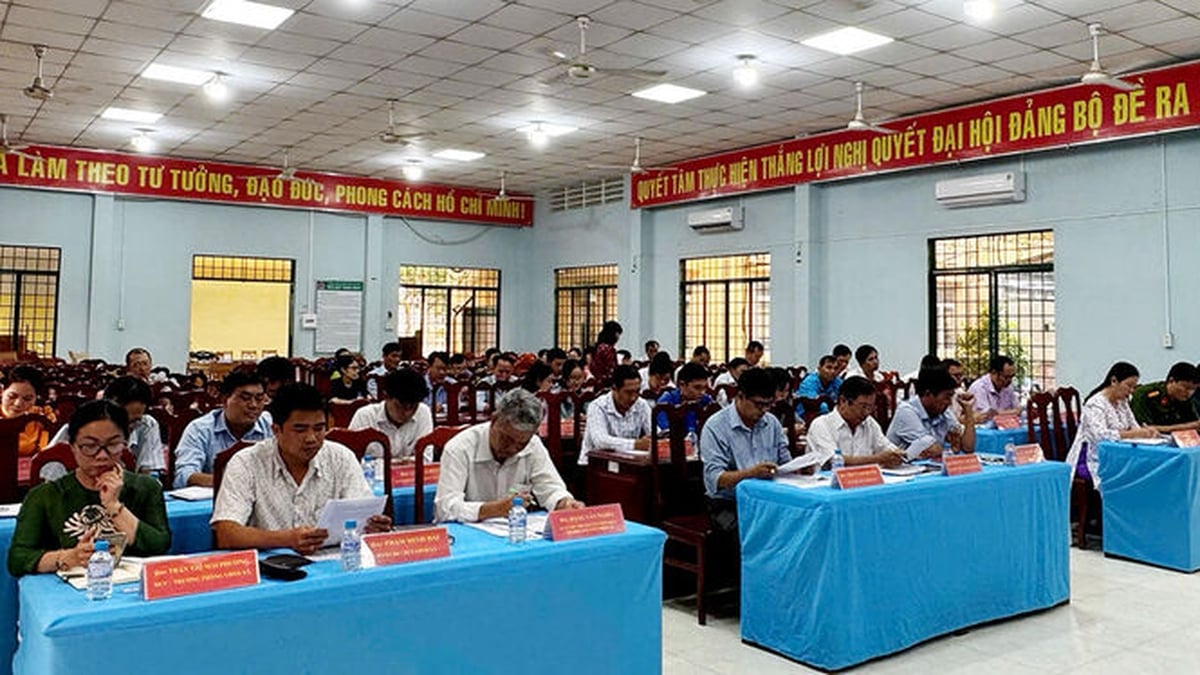
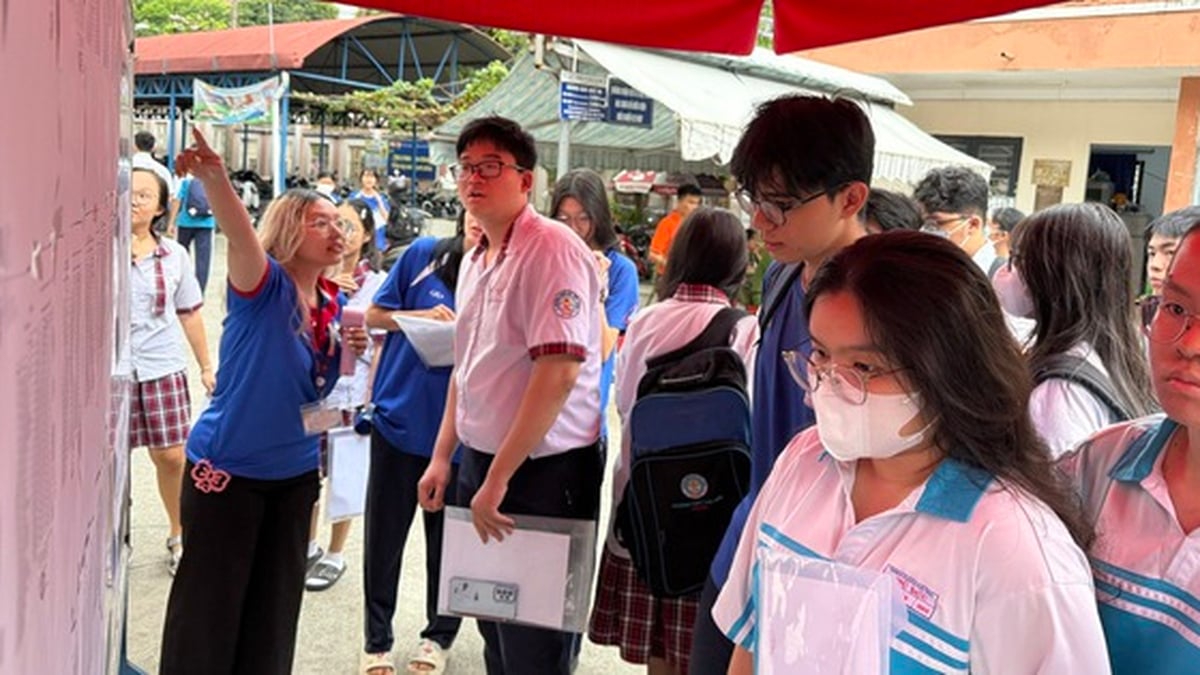
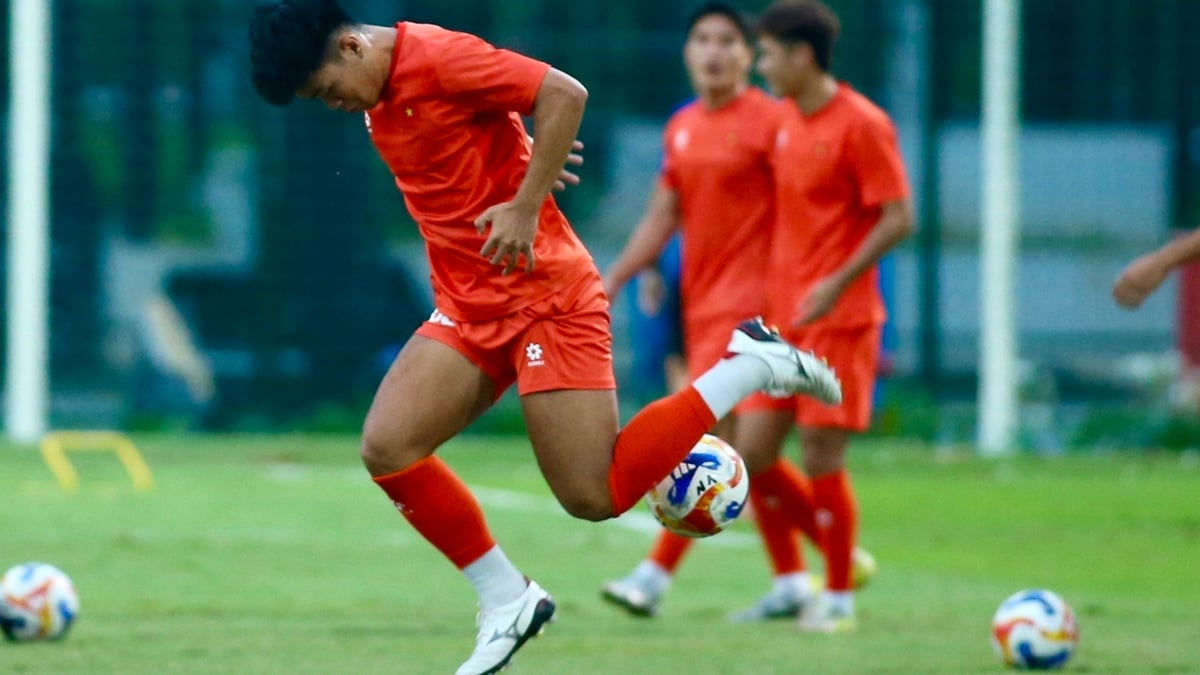
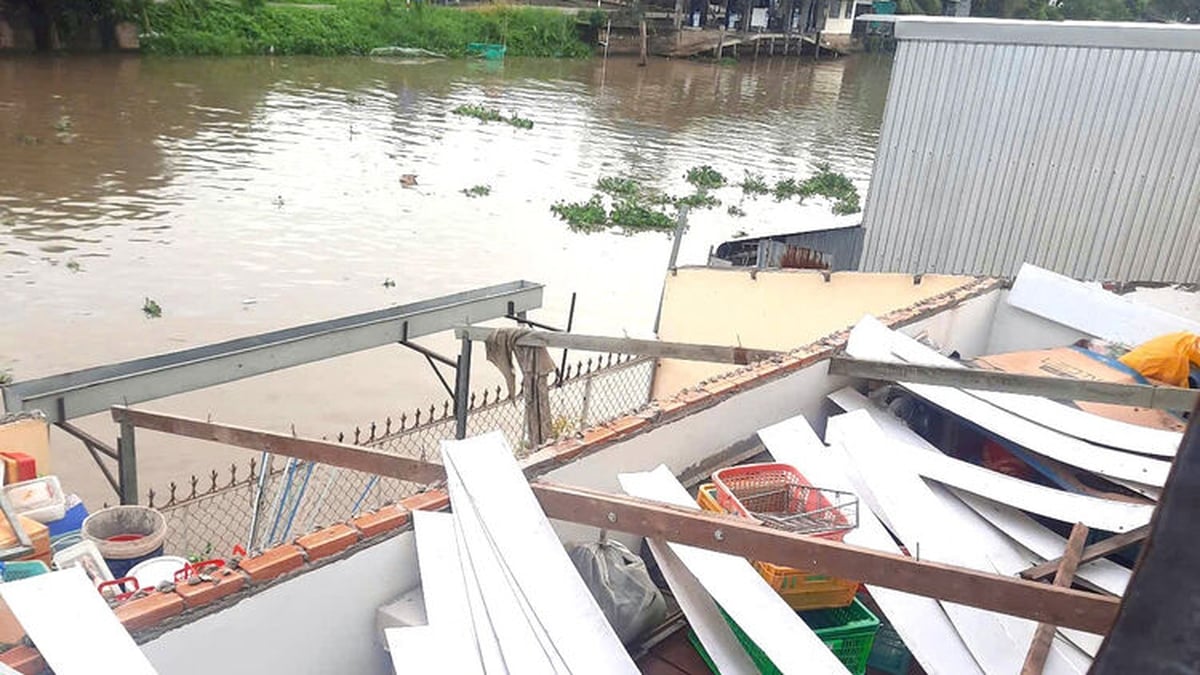














![[Photo] National Assembly Chairman Tran Thanh Man visits Vietnamese Heroic Mother Ta Thi Tran](https://vphoto.vietnam.vn/thumb/1200x675/vietnam/resource/IMAGE/2025/7/20/765c0bd057dd44ad83ab89fe0255b783)










































































Comment (0)